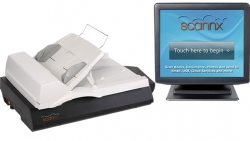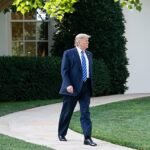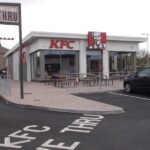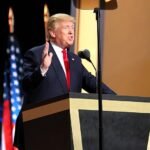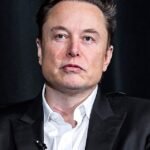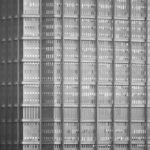On Friday, President Donald Trump stood in the heart of American steel country—virtually, at least—and shared news that brought a sigh of relief to Pittsburgh. U.S. Steel, a symbol of American grit, will stay rooted in the Steel City, thanks to what Trump called a “planned partnership” with Japan’s Nippon Steel. The announcement, shared on his social media platform, promised to keep the company’s headquarters in Pittsburgh, create at least 70,000 jobs, and pump $14 billion into the U.S. economy over the next 14 months. It’s a moment that feels like a win for workers and a nod to the city’s proud industrial past, but the details are still hazy, leaving some to wonder what this deal really means.
The journey to this point has been a rollercoaster. Back in December 2023, Nippon Steel offered $14.9 billion to buy U.S. Steel outright, a move that would’ve made the American icon a subsidiary of a Japanese company. The proposal sparked a firestorm. Former President Joe Biden blocked it in January 2025, citing national security concerns and the need to keep U.S. Steel American-owned. Trump, during his campaign, echoed that sentiment, vowing to stop the sale and keep the company “great and powerful.” But as president, he’s shifted gears, embracing a compromise that keeps U.S. Steel’s name and headquarters intact while welcoming Nippon’s cash and know-how. “This is the largest investment in the history of Pennsylvania,” Trump boasted, announcing a celebratory rally in Pittsburgh on May 30.
The partnership, though light on specifics, is a big deal. U.S. Steel, once the world’s first billion-dollar company, employs about 14,000 people in North America, with 11,000 jobs tied to Pennsylvania. Nippon’s promise of $14 billion includes up to $4 billion for a new steel mill, building on earlier pledges to upgrade plants in Pennsylvania and Indiana. Both companies are thrilled, with U.S. Steel calling Trump “a bold leader who knows how to get the best deal for American workers.” Nippon hailed it as a “game changer,” bringing new tech and jobs. Pennsylvania Governor Josh Shapiro, who spoke with Trump about the deal, called it a victory for keeping jobs in the state. Shares of U.S. Steel soared 21% on Friday, hitting a 14-year high, as investors bet on a bright future.
But not everyone’s cheering. The United Steelworkers union, representing 850,000 workers, is wary. Just a day before Trump’s announcement, union president David McCall urged him to block any deal, warning that Nippon’s history of “dumping” cheap steel into U.S. markets could hurt American jobs long-term. “We can’t speculate without more details,” McCall said Friday, his concern clear. The union had backed a rival bid from Cleveland-Cliffs, an American company, and fears Nippon’s involvement could erode domestic steelmaking. Yet, one union local leader, Jason Zugai from U.S. Steel’s Irvin plant, broke ranks, saying he’s “relieved and thankful” for the deal, believing it secures jobs.
The lack of clarity about the partnership’s structure—is it a merger, an investment, or something else?—has left some uneasy. The Committee on Foreign Investment in the United States, which vetted the deal for security risks, gave its recommendation to Trump this week, but no one’s saying whether Nippon will take full control or just a stake. Trump’s own words, emphasizing that U.S. Steel will “remain in America,” suggest he’s pushed for a deal that keeps the company’s identity intact. His tariffs, including a 25% levy on foreign steel, likely sweetened the pot, pressuring Nippon to invest rather than buy outright.
For Pittsburgh, this feels personal. The city’s steel heritage runs deep, and losing U.S. Steel’s headquarters would’ve been a blow. Workers like those at the Clairton Coke Works or Edgar Thomson mill see this as a lifeline, even if the union’s skeptical. For now, Trump’s announcement has sparked hope—a chance to modernize, create jobs, and keep Pittsburgh’s steel heart beating. But as the rally nears and details trickle out, all eyes are on whether this partnership will live up to its promise or leave workers wondering what’s next.



